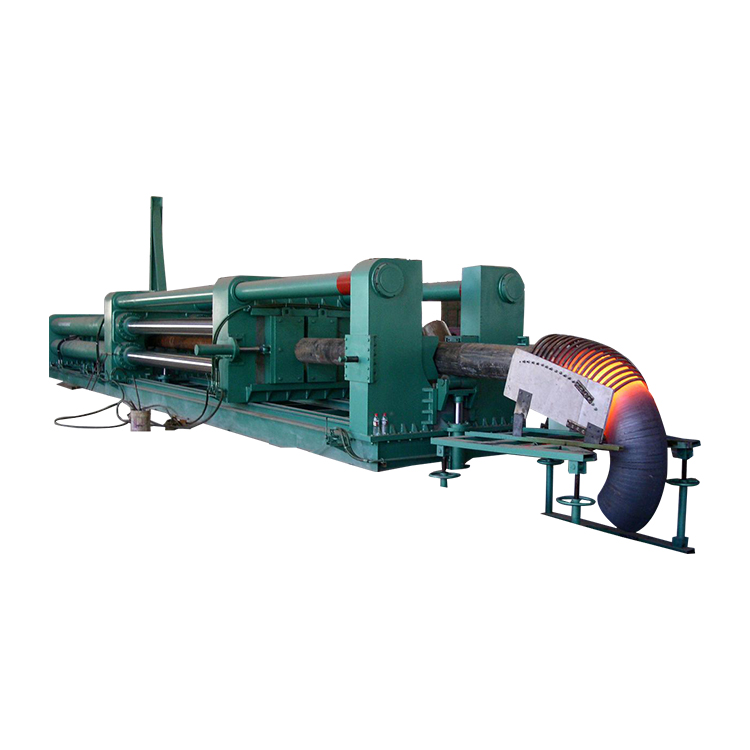A bend machine is a device used to make bent parts in a pipe system. It is widely used in construction, petroleum, chemical, water supply and drainage and other fields. The correct use of the elbow machine can improve work efficiency and quality, while reducing operational failures. The following is a detailed introduction to the use of elbow machine skills:
1. Prepare the device
Before starting to use the elbow machine, ensure that the equipment is in good working condition. Check that all parts are in good condition, especially tools and fixtures. Clean and lubricate moving parts on equipment to ensure smooth operation.
2. Material selection
When selecting the pipe to be bent, ensure that it meets the relevant standards and requirements. Check that the diameter, wall thickness and material type of the pipe match the required elbow. If the material does not meet the requirements, it may cause the elbow machine to not work properly or cause quality problems.
3. Make a bend plan

Before starting elbow manufacturing, make a detailed elbow plan. Determine the desired elbow Angle, radius, and bend direction. According to the requirements of pipeline system and design drawings, work out a reasonable process flow and operating steps.
4. Stabilization measures
Before operating the elbow machine, strict stability regulations must be followed. Make sure to wear appropriate personal protective equipment, such as safety glasses, gloves, and ear muffs. Ensure that the work area is clean and tidy, free of debris and obstructions.
5. Adjust the device
Make appropriate adjustments to the elbow machine according to the required elbow specifications. Adjust the position and pressure of the tool and fixture according to the diameter and wall thickness of the pipe. Ensure that the tool and fixture fit tightly to the tube to avoid material sliding or deformation.
6. Pre-bending test
It is very important to carry out a pre-bending test before the actual elbow manufacture. Select a section of waste elbow material with appropriate length and bend it according to the required elbow parameters. Check whether the quality and size of the elbow meet the requirements, adjust the equipment and process flow until satisfactory.
7. Formal manufacturing
When the actual elbow is manufactured, the operation is carried out according to the predetermined process flow and operating steps. Ensure material stability and consistency during operation. Check the wear of equipment and tools regularly as needed, and replace or repair them in time.
8. Check the quality of the elbow
After manufacturing, the quality of the elbow is checked. Check whether the size, Angle and radius of the elbow meet the requirements. Use measuring tools to make accurate measurements and compare them with design drawings. If quality problems are found, take corrective action immediately.
9. Cleaning and maintenance
After use, clean and maintain the elbow machine in time. Remove debris and wood chips from equipment and ensure that tools and fixtures are clean and sharp. Check the lubrication of the equipment regularly and add lubricants to maintain the normal operation of the equipment.
10. Keep records
Keep detailed records during the manufacturing process. Record the parameters, quality and equipment adjustments of each bend. These records can be used for quality traceability and process improvement to improve production efficiency and quality.
The above is a detailed introduction to the use of elbow machine skills. Proper use of the elbow machine and following the relevant process flow and stability regulations can ensure the quality and stability of the elbow. At the same time, regular maintenance and maintenance of equipment can extend the service life of equipment and improve work efficiency.
For more knowledge about elbow machine, please pay attention to our website: http://www.fitting-equipment.com
|